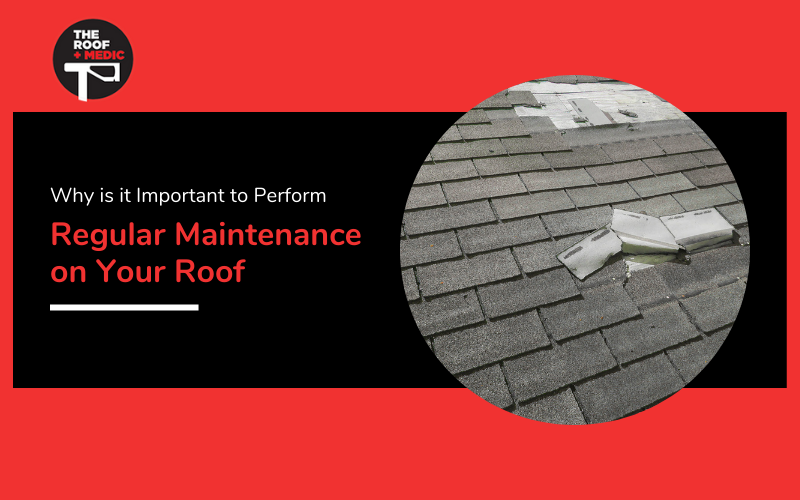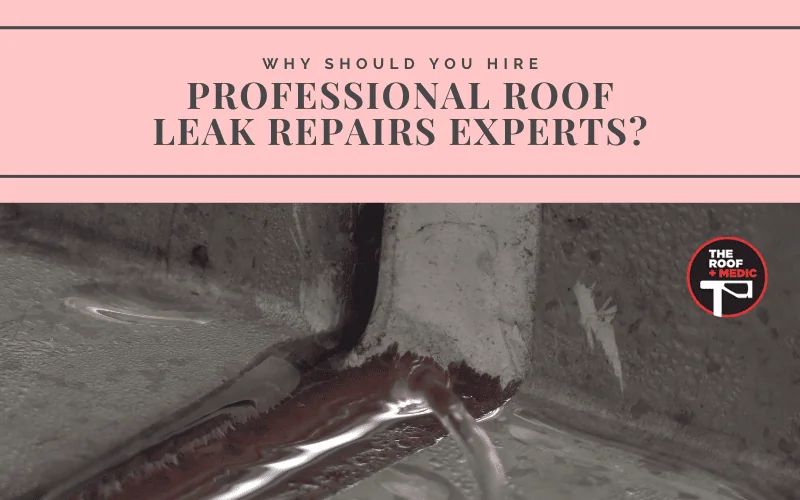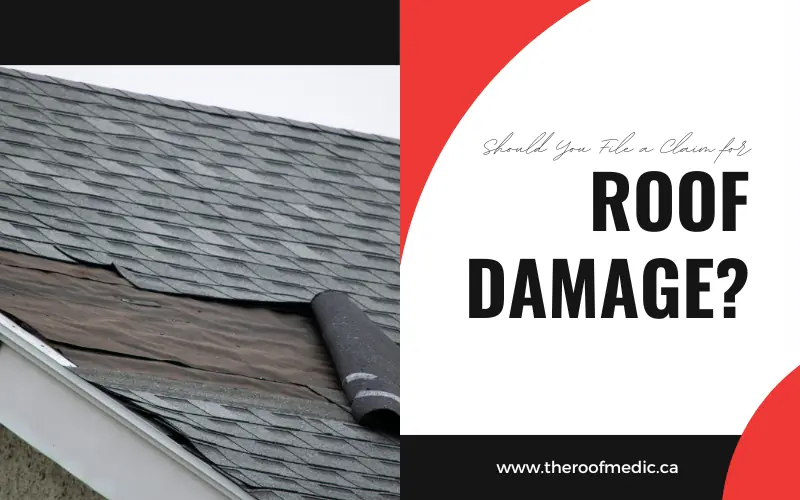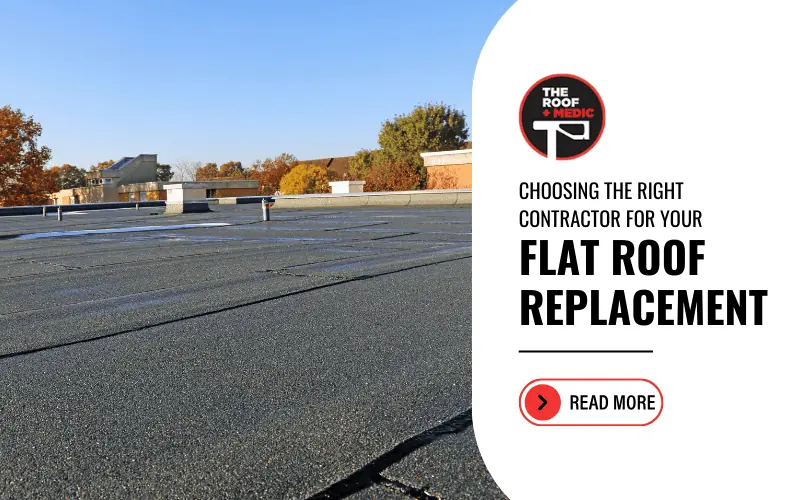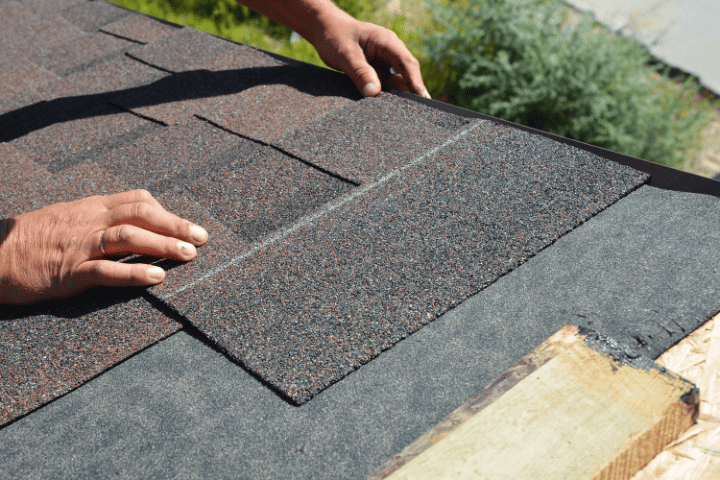Thinking about renovating your home can be exciting. It is easy to imagine a beautiful new kitchen or a modern, spa-like bathroom. However, not all home improvement projects are created equal when it comes to your wallet. Before you start any demolition, it is crucial to know which upgrades will actually increase your home’s value. Some renovations are purely for personal enjoyment and may not provide a significant financial return when it comes time to sell. The key is to be strategic in your choices, focusing on projects that appeal to the widest range of potential buyers. This includes foundational elements like roofing as well as cosmetic ones. A good real estate agent will always advise that smart renovations are profitable.
Understanding Return on Investment (ROI) in Real Estate
In real estate, Return on Investment (ROI) is a measure of how much of your renovation cost you are likely to recoup when you sell your home. An ROI of 100% means you earned back every dollar you spent in the form of increased home value. The projects with the highest ROI are typically those that improve a home’s functionality, energy efficiency, and overall first impression. These are the upgrades that most buyers are looking for and are willing to pay a premium for. They see these improvements as a sign of a well-maintained, move-in-ready home.
It is also important to consider the context of your neighbourhood. Be careful not to over-improve your home for the area. For example, installing a high-end luxury kitchen in a neighbourhood of mid-range homes may not yield a good return because the final property value might exceed what local buyers are willing or able to pay. The most successful renovations enhance a home’s appeal while keeping it aligned with the surrounding property values.
Renovation #1: The Minor Kitchen Remodel
The kitchen is often called the heart of the home, and for good reason. It has a massive impact on potential buyers. A clean, modern, and functional kitchen can make a home feel inviting and well-cared-for. However, a full gut job is an expensive undertaking and is often unnecessary to see a great return. A minor kitchen remodel consistently offers one of the best ROIs for kitchen renovations because it delivers a fresh, updated look at a fraction of the cost, making the space highly appealing without over-investing.
To maximize your return, focus on smart, high-impact updates. Instead of replacing cabinets, consider refacing or painting the existing ones and installing new, modern hardware. This can completely transform the look of the kitchen for much less. Upgrade old laminate countertops to a durable and widely appealing material like quartz. Finally, installing a new, stylish backsplash and a modern faucet and sink can tie the whole room together, creating a fresh and updated space that buyers will love.
Renovation #2: The Bathroom Update
Like kitchens, bathrooms are a key area that buyers scrutinize. An outdated or grimy bathroom can be a major turn-off and can make an entire home feel old. A clean, fresh, and modern bathroom, on the other hand, signals to buyers that the home has been well-maintained. You do not need to create a luxury spa to get a good return. A simple, modern update that focuses on cleanliness and functionality is all that is needed to make a positive impression and add significant value.
Focus on cost-effective changes that make a big visual impact. Replace an old, bulky vanity with a more modern one, and update the mirror and light fixture to match. A new faucet can instantly make an old sink look better. Instead of re-tiling the entire space, consider having the grout professionally cleaned or re-grouting areas that look dingy. A fresh coat of sealant can make old tile look brand new. Simple, universal design upgrades like a new comfort-height toilet are also smart choices that appeal to a broad range of buyers.
Renovation #3: Boosting Curb Appeal
First impressions are everything in real estate. A buyer’s decision-making process begins the moment they see your home from the street. Excellent curb appeal gets them excited and sets a positive tone before they even walk through the door. A home that looks neglected from the outside can deter buyers or lead them to assume there are other, hidden problems inside. Investing in your home’s exterior is one of the most cost-effective ways to boost its value.
To get the best return, focus on simple, high-impact renovations. The front door is a major focal point and replacing or even just repainting it offers an excellent ROI. Basic landscaping also makes a huge difference. You do not need a complete overhaul; focus on a tidy lawn, fresh mulch in garden beds, pruned shrubs, and a few welcoming potted plants by the entrance. Finally, update your house numbers, mailbox, and exterior light fixtures to modern, cohesive styles for a polished finishing touch.
Renovation #4: A Fresh Coat of Paint (Interior and Exterior)
Painting is one of the cheapest, easiest, and most effective ways to refresh a home and get a fantastic return on your investment. A fresh coat of paint instantly covers up years of scuffs, marks, and general wear and tear. It makes a space feel clean, bright, and new. For buyers, a freshly painted home is a blank canvas, allowing them to more easily envision their own furniture and decor in the space. It removes personal taste from the equation and presents a move-in-ready product.
For the best results, stick to modern, neutral colors. Light grays, warm whites, and greiges are all excellent choices that appeal to the widest possible audience. If you cannot paint the entire house, focus on the most important areas: the main living areas, the kitchen, and the entryways. Do not forget the details. Freshly painted trim, baseboards, and interior doors make the entire job look crisp, clean, and professional, adding to the overall impression of a well-maintained home.
Renovation #5: Key System Upgrades (Roof & Windows)
These might be considered the “unsexy” upgrades and renovations, but they are incredibly important for property value. When a potential buyer sees that a home has a new roof or new windows, they see peace of mind. They know they will not have to worry about leaks, drafts, or facing a massive replacement cost for many years to come. These upgrades signal that the home is not just cosmetically appealing but also structurally sound and secure, which is a major selling point.
To maximize the return on these projects, focus on quality and efficiency. When replacing windows, choose modern, energy-efficient models. You can then market this as a feature that will save the new owner money on their utility bills. For roofing, choose durable materials that are appropriate for the local climate and come with a good warranty. The value here is in longevity and protection. For these types of major jobs, getting a professional service is crucial to ensure the work is done correctly and is backed by a warranty, which adds further value.
Renovation #6: Refinishing or Replacing Flooring
Worn, stained, or outdated flooring can make an entire home feel old and unclean. Even if the rest of the house is updated, old floors can drag down the overall impression. New or refinished floors, on the other hand, instantly make a space feel cleaner, brighter, and more valuable. It is a foundational upgrade that impacts the look and feel of every single room. Consistent flooring throughout a level also helps create a sense of flow and makes the space feel larger.
If you have existing hardwood floors, refinishing them almost always offers an excellent return on investment. It is much cheaper than replacing them and can make old wood look brand new. If your renovations involve replacing old carpet or tile, opt for durable and widely appealing options like luxury vinyl plank (LVP) or engineered hardwood. These materials are popular with today’s buyers for their durability and modern look. Avoid highly specific or trendy choices that may not appeal to a broad audience.
Renovation #7: Creating More Livable Space
Adding functional square footage almost always increases a home’s value. This does not necessarily mean you need to build a full, expensive addition. There are often more cost-effective ways to create more usable living space within your home’s existing footprint or property lines. Buyers are always looking for homes that offer flexibility, whether it is for a home office, a gym, or a space for entertaining.
Finishing a basement is a fantastic way to add significant square footage. Transforming an unfinished space into a family room, home office, or guest suite can provide an ROI of 70% or more. Creating an attractive outdoor living area is another highly desirable feature. Adding a deck or a stone patio extends the home’s living space to the outdoors for a fraction of the cost of an interior addition. In a country with beautiful weather like the Philippines, a great outdoor space is a major selling point.
Your Blueprint for a Profitable Upgrade
The strategy for smart renovations is clear. The projects that offer the best return on investment are those that enhance curb appeal, modernize kitchens and bathrooms, improve functionality, and create a clean, neutral canvas for new buyers. The key is to think like a buyer. Focus on the upgrades that would give you confidence in a home and make you excited to move in. By investing wisely in these high-return projects, you can enjoy your updated space now and feel confident that you are making a smart financial decision for the future.






